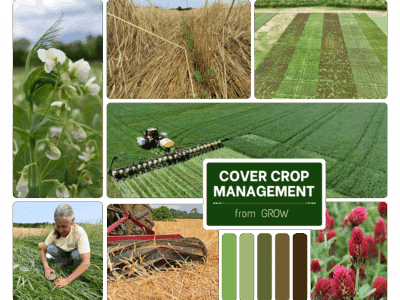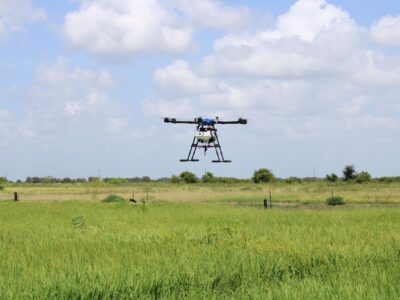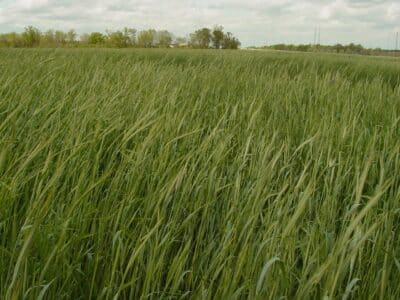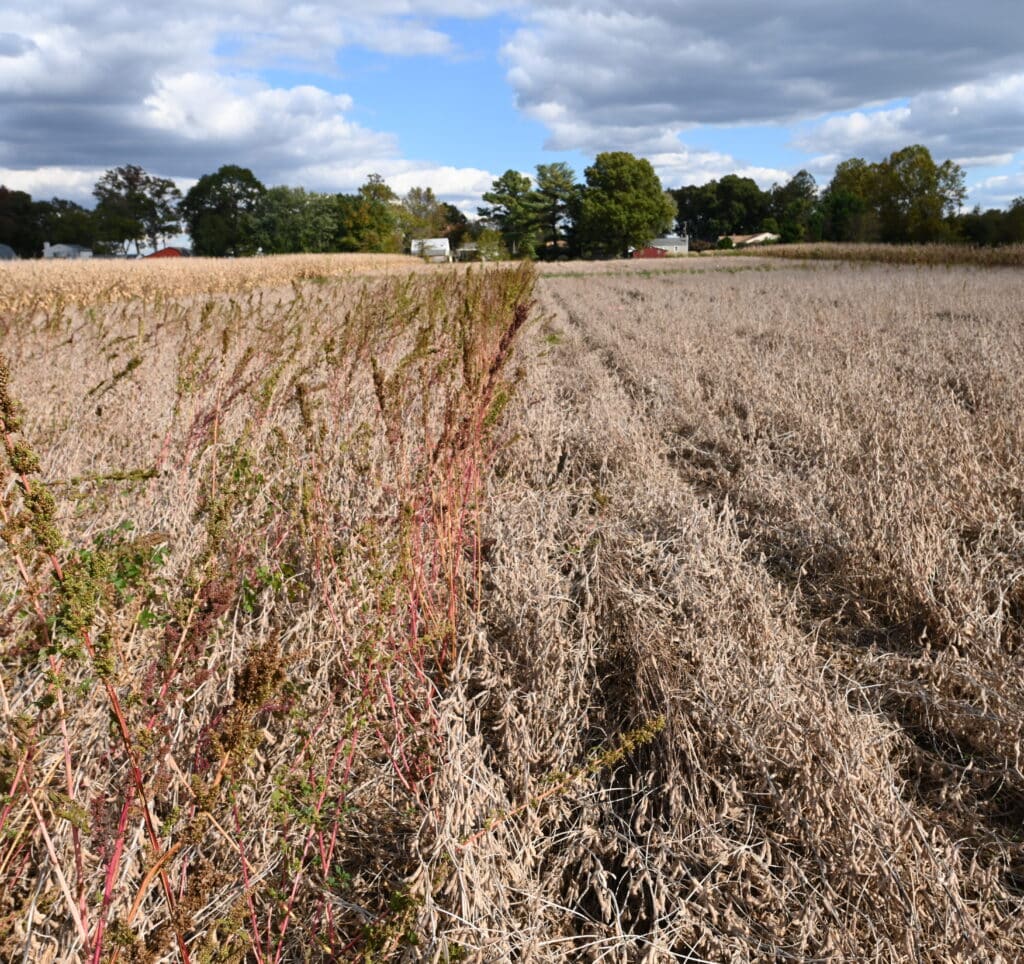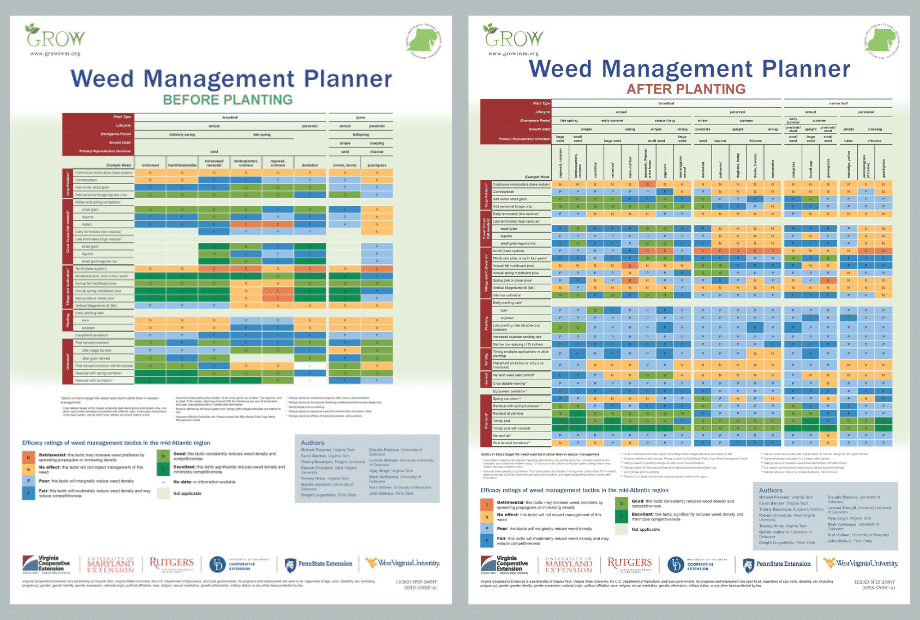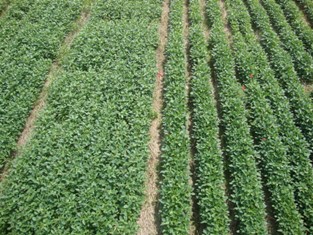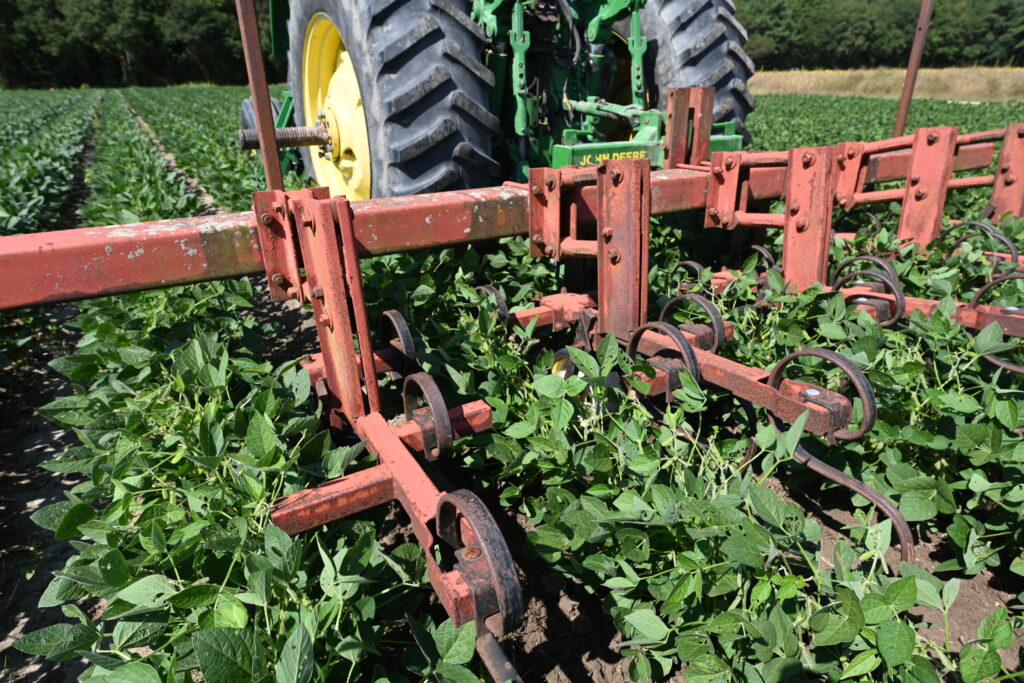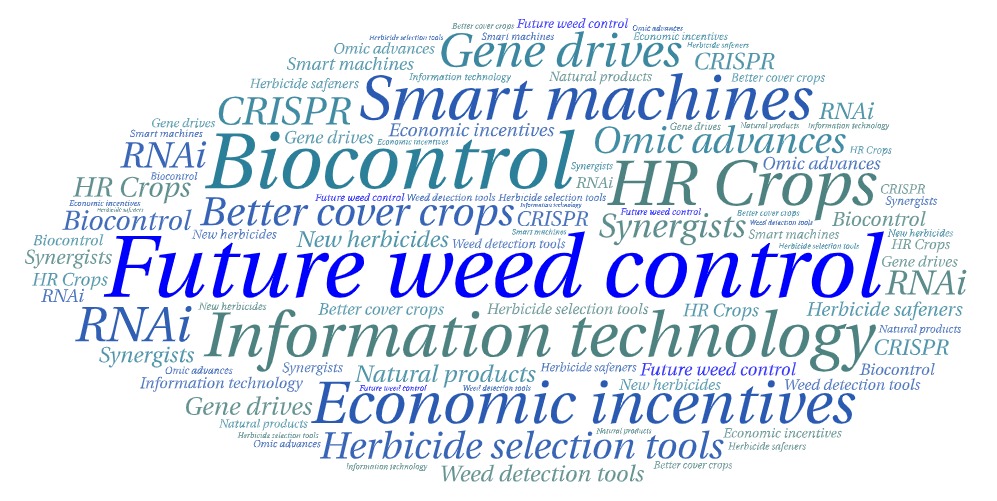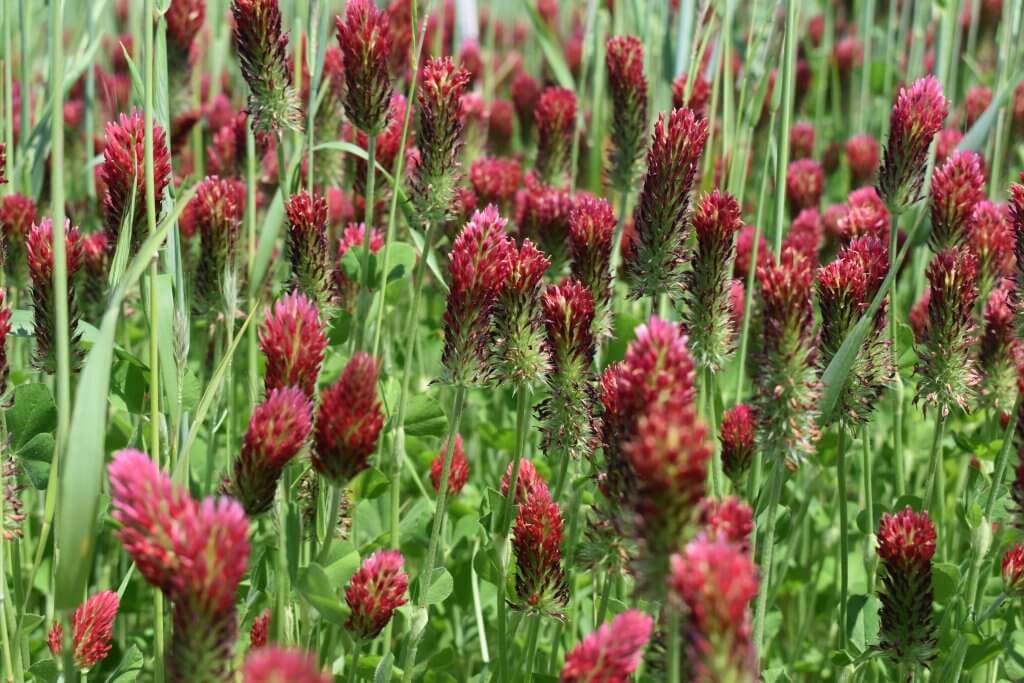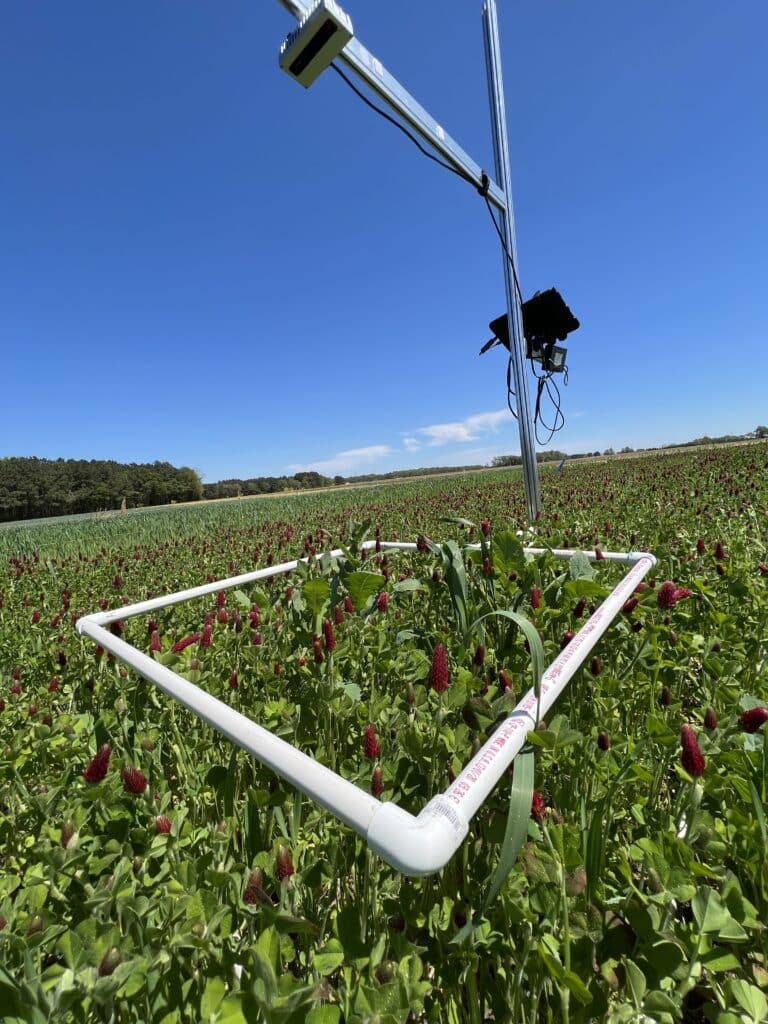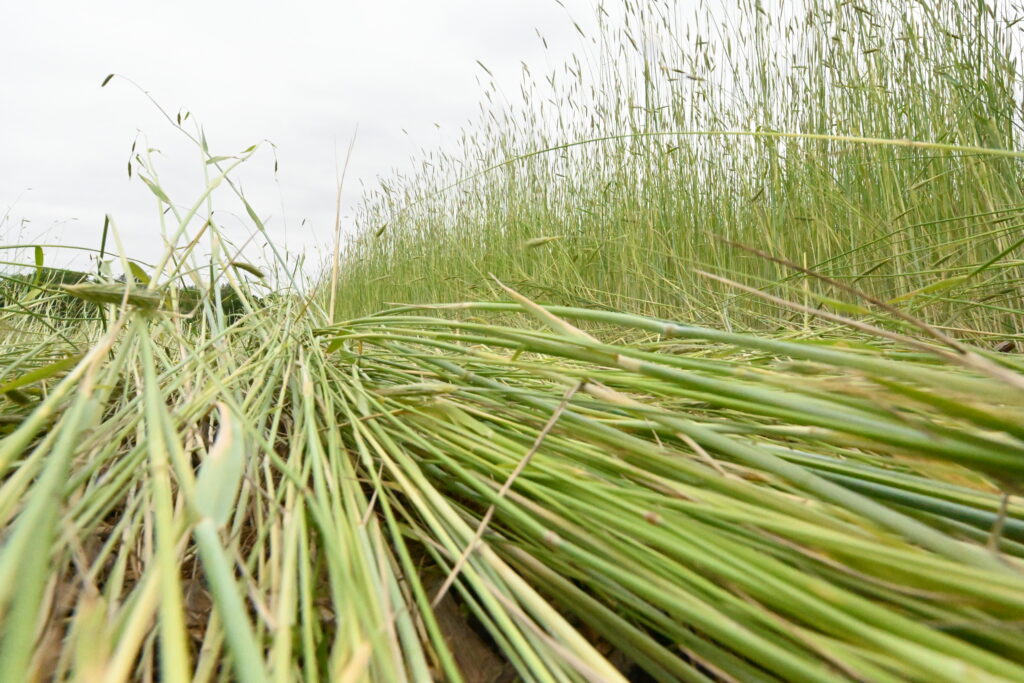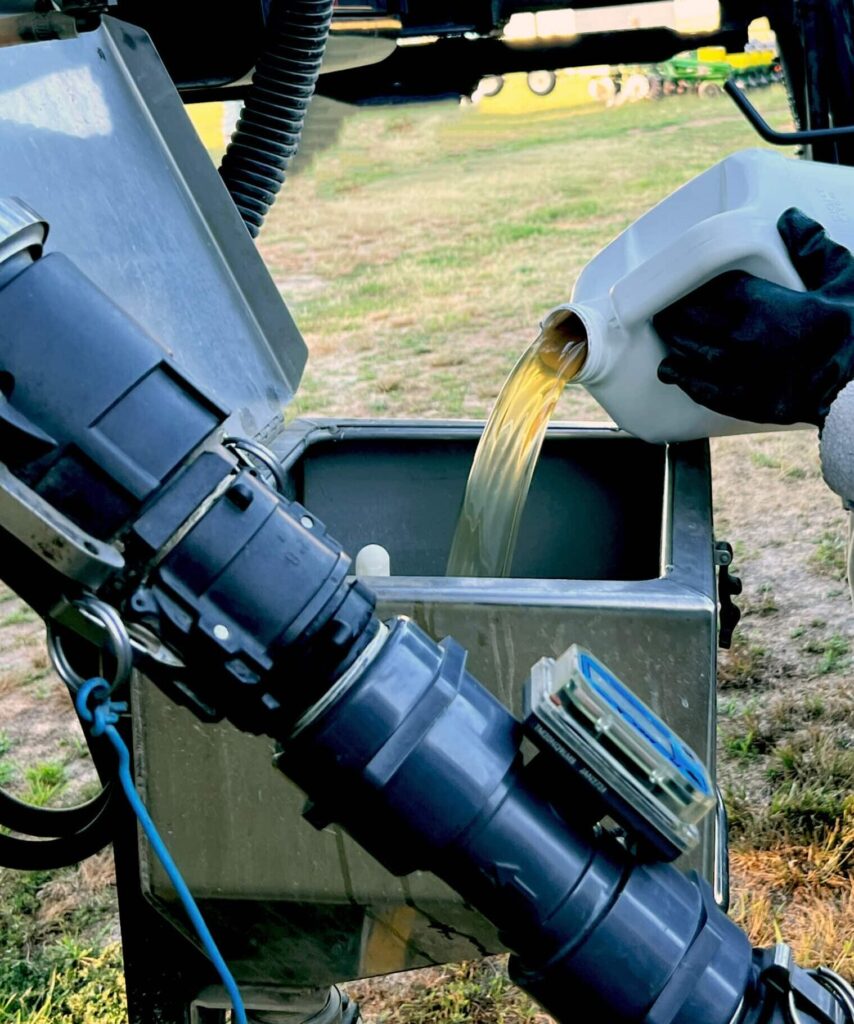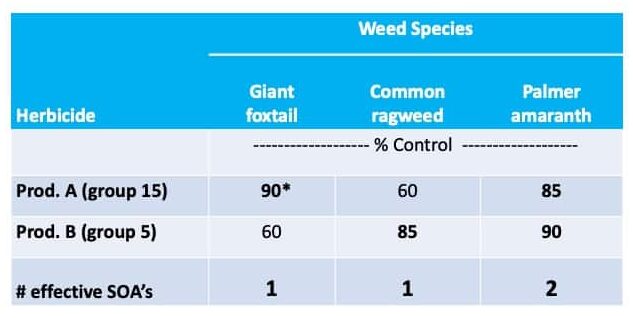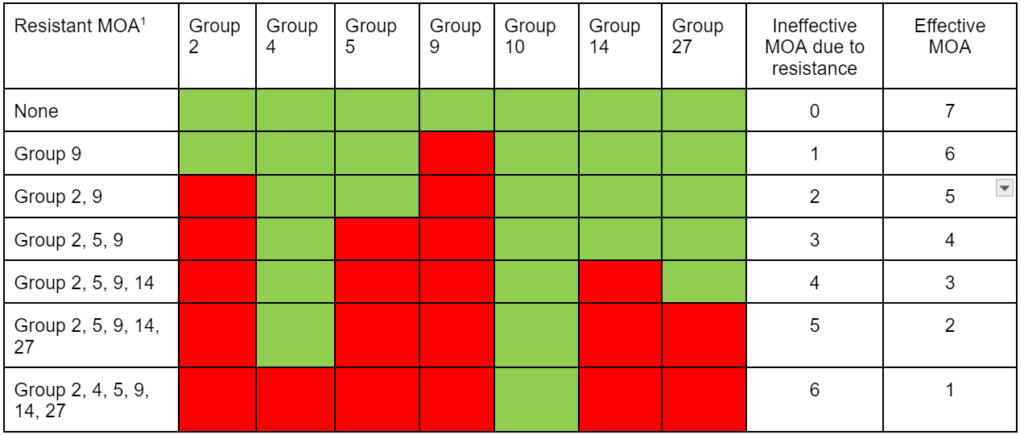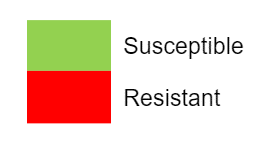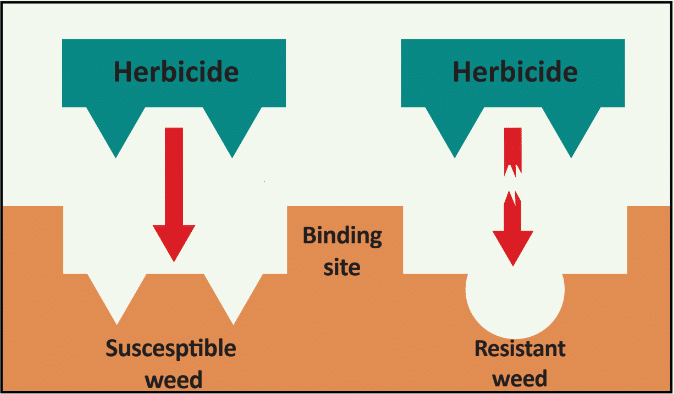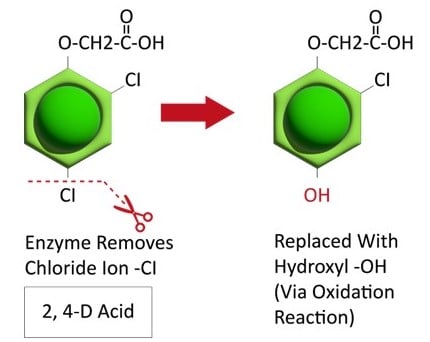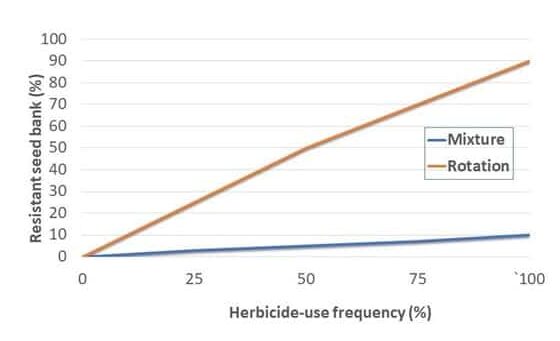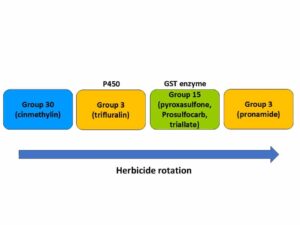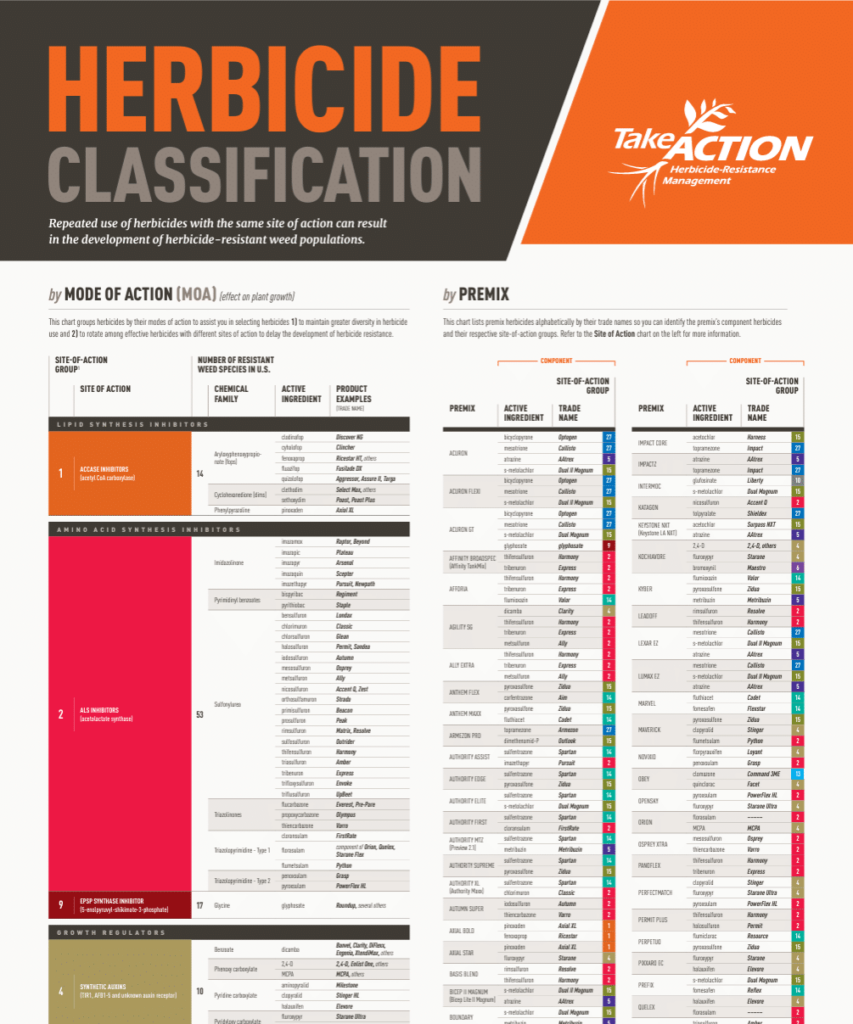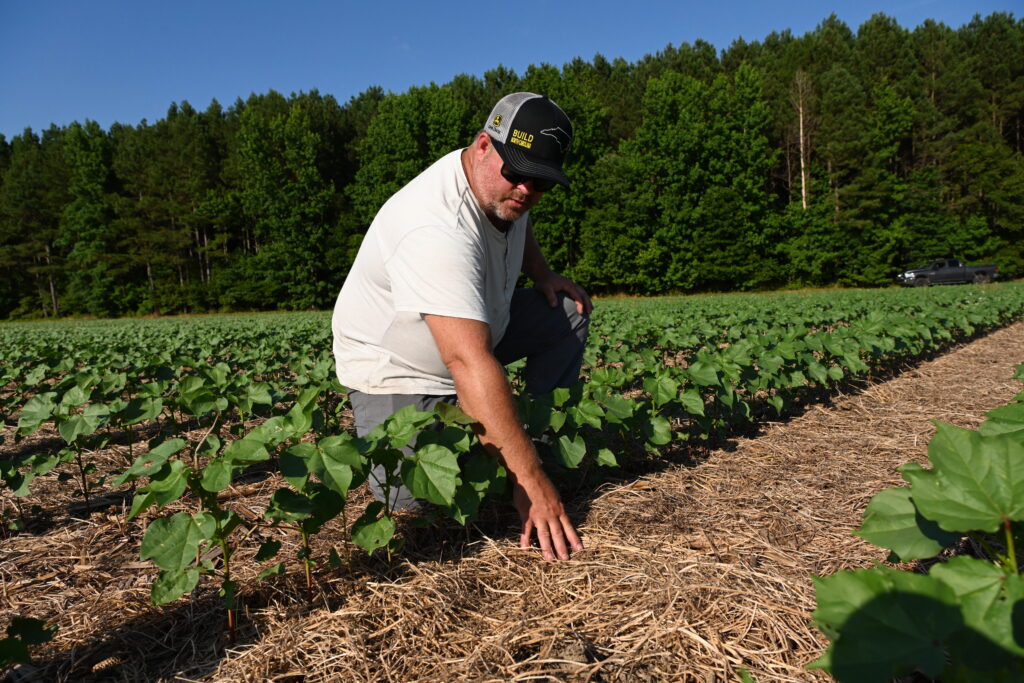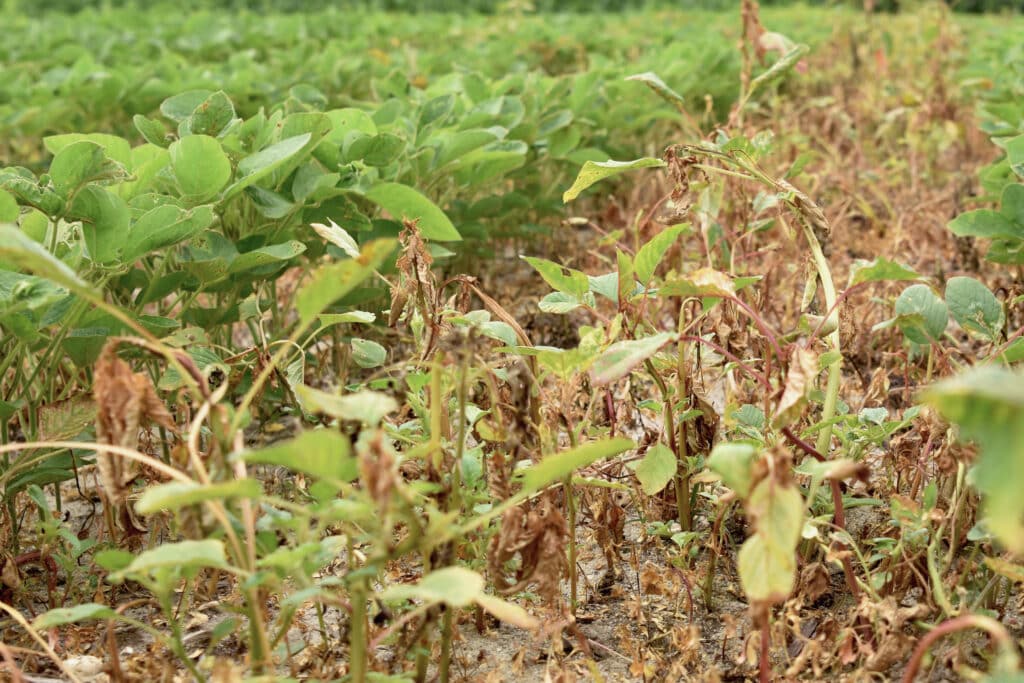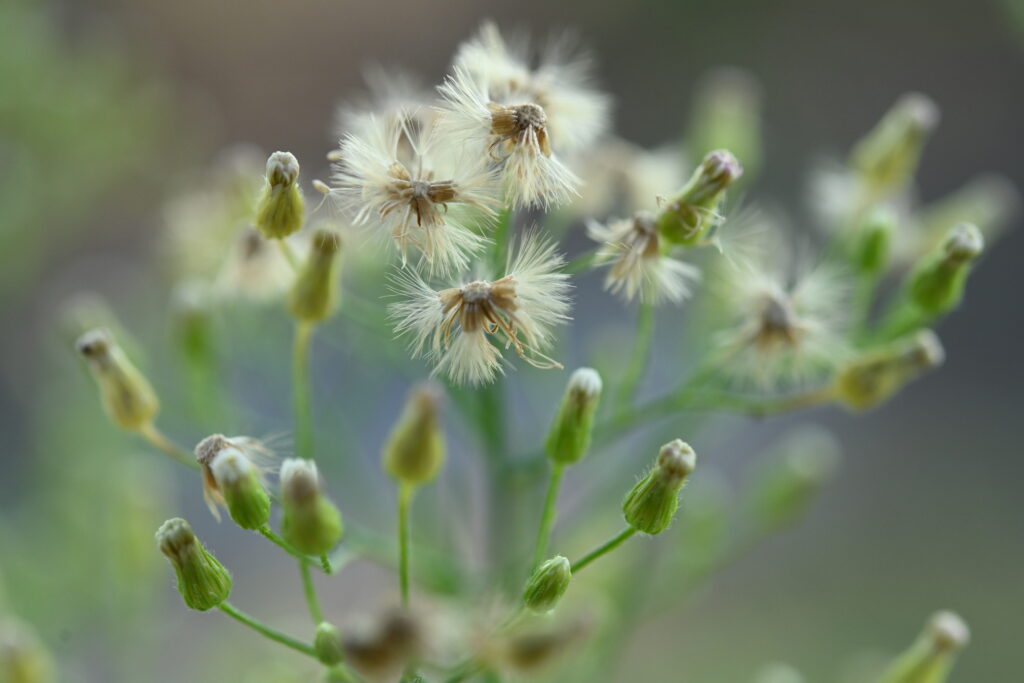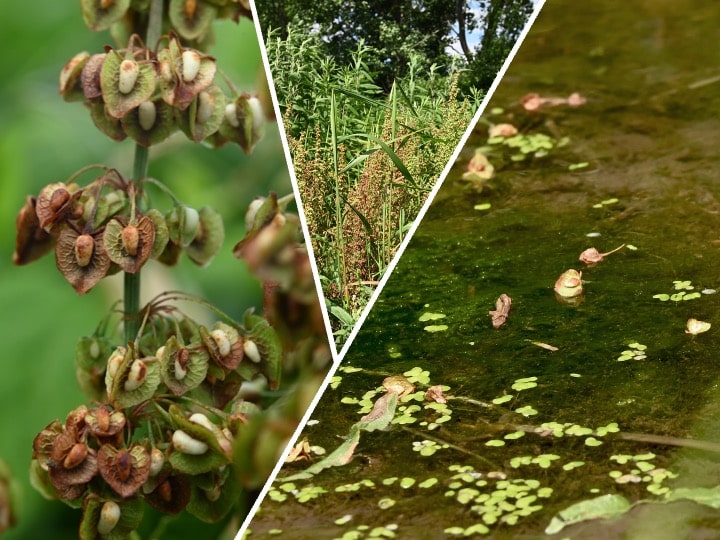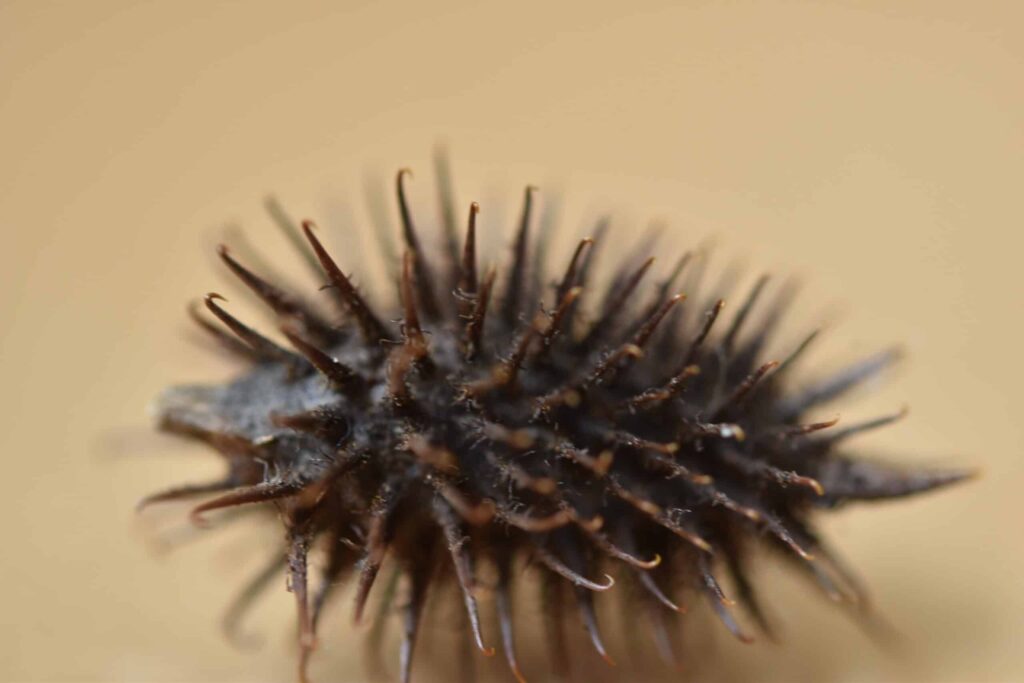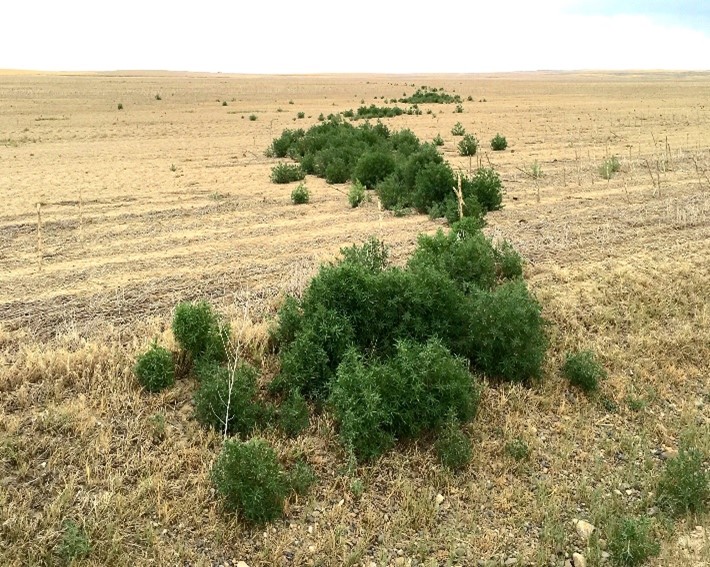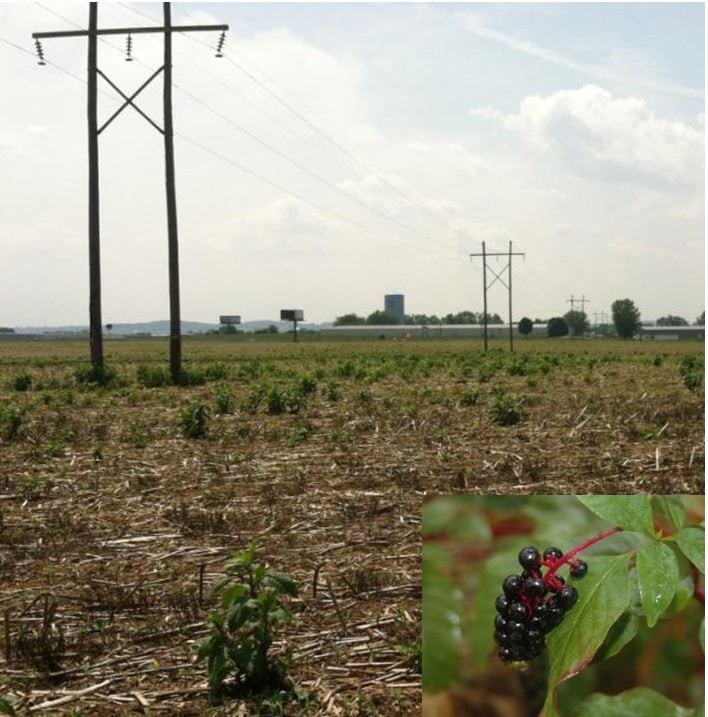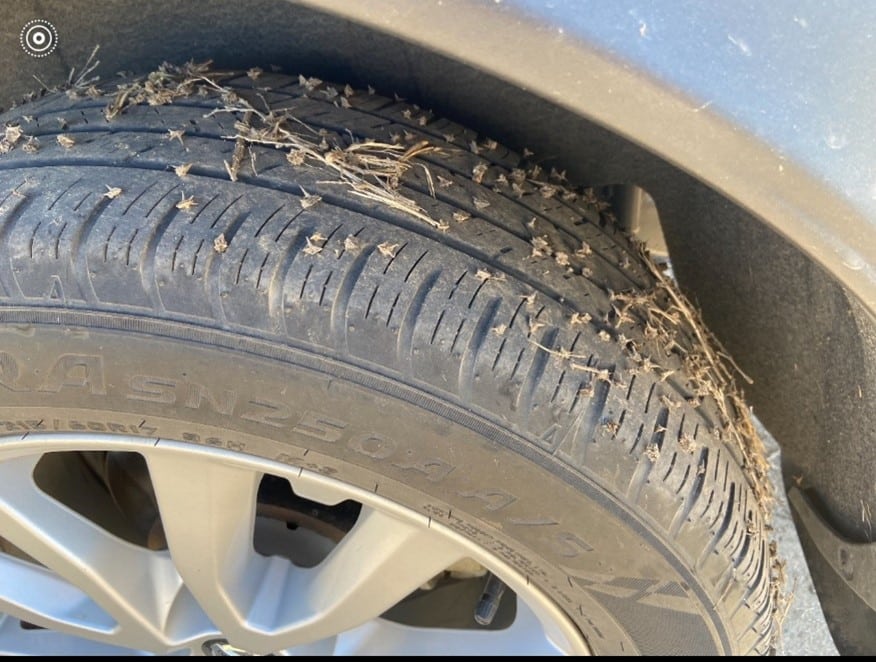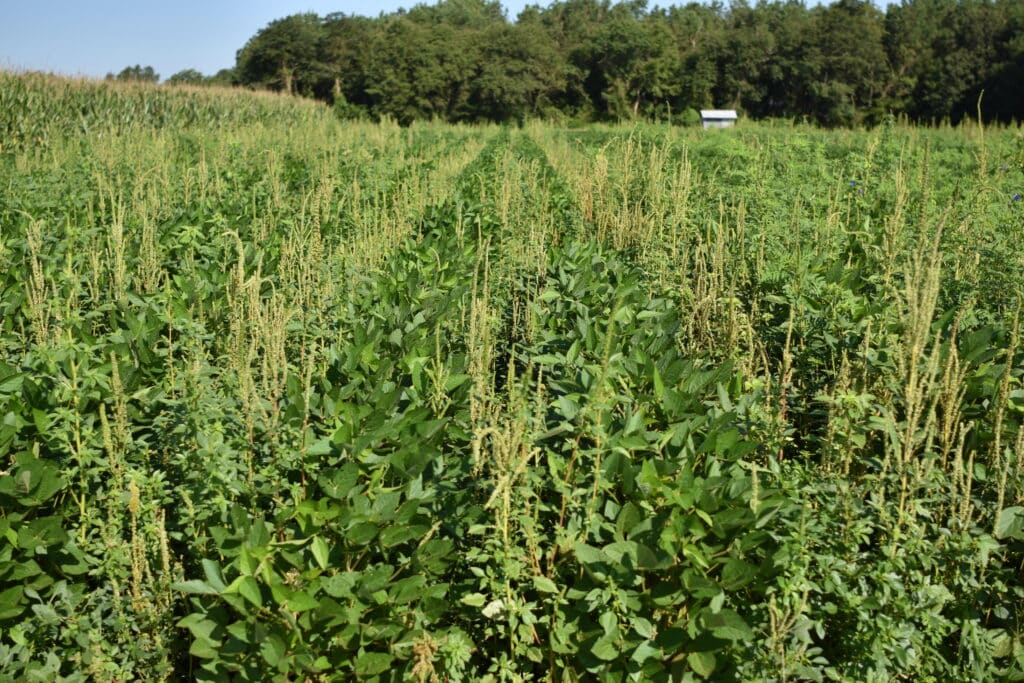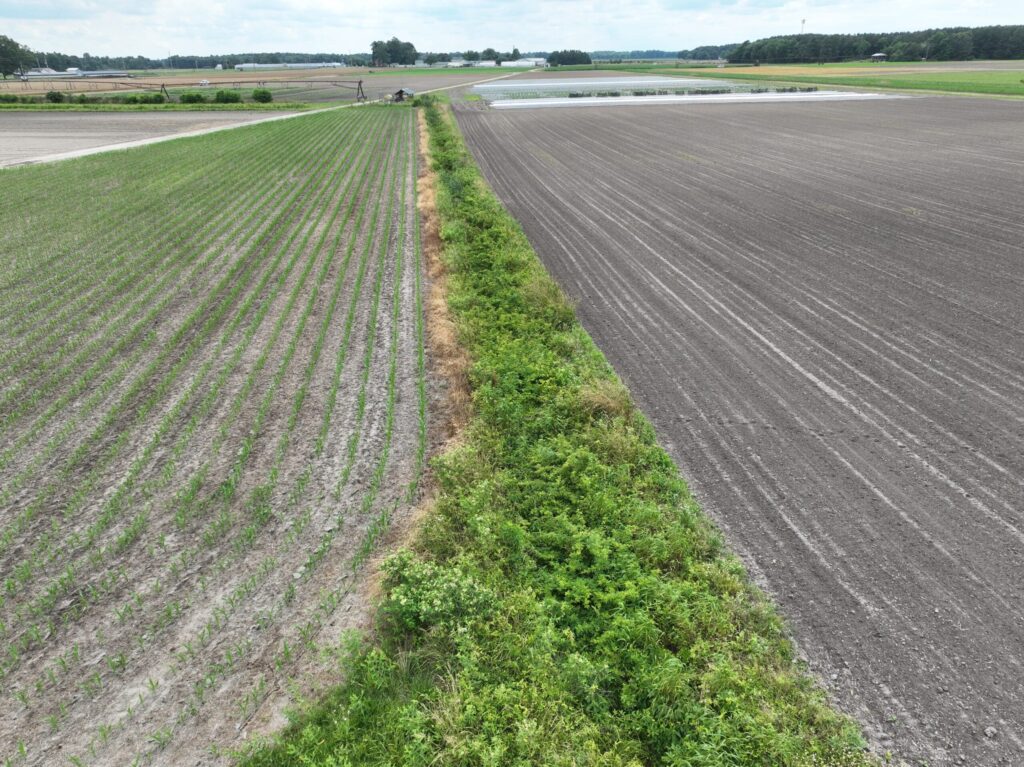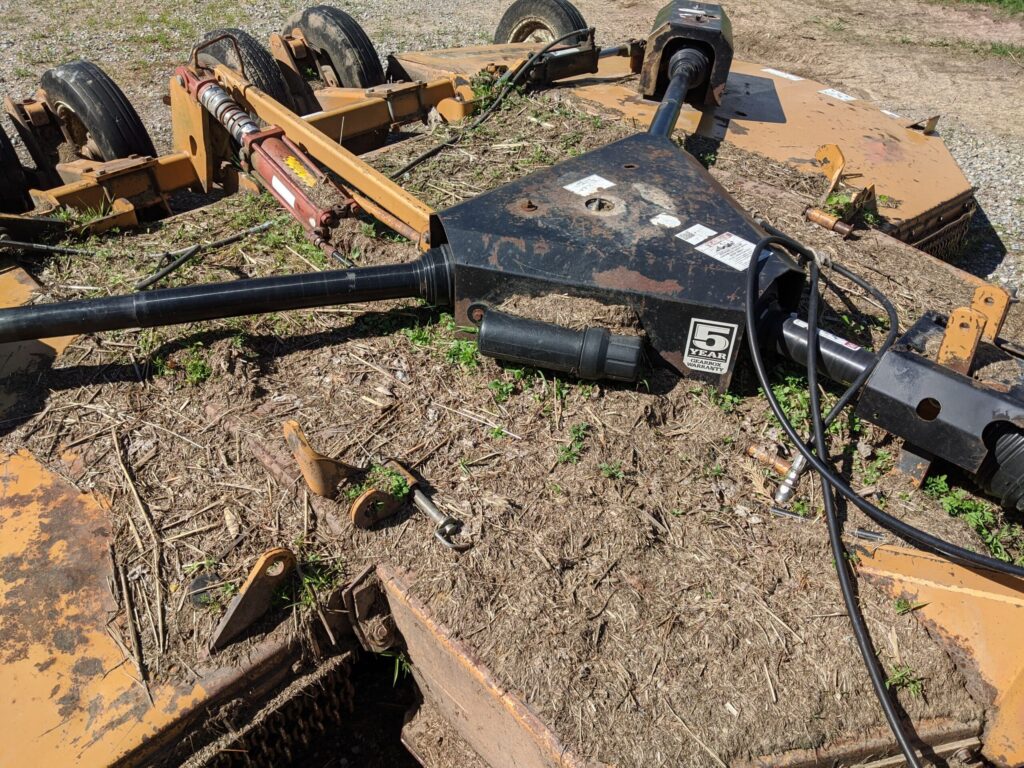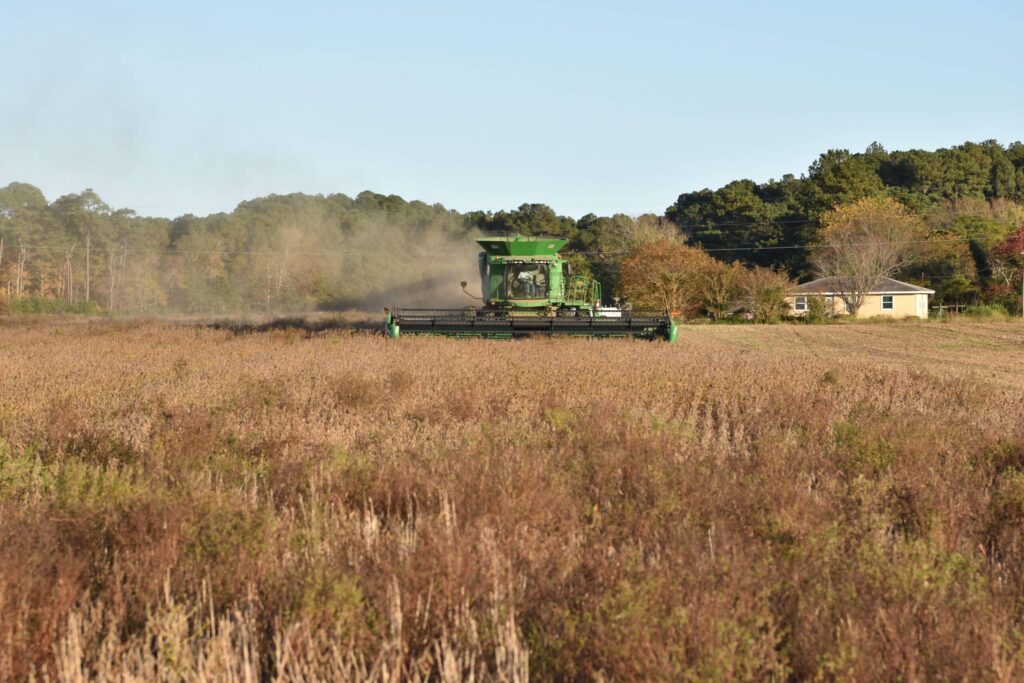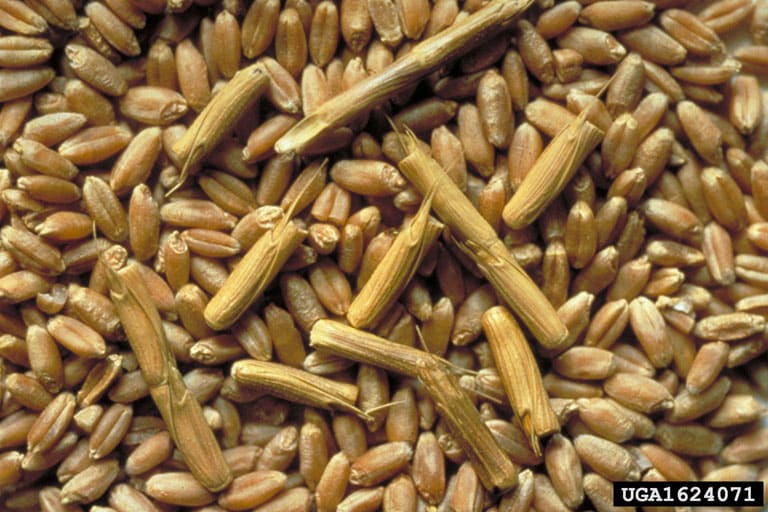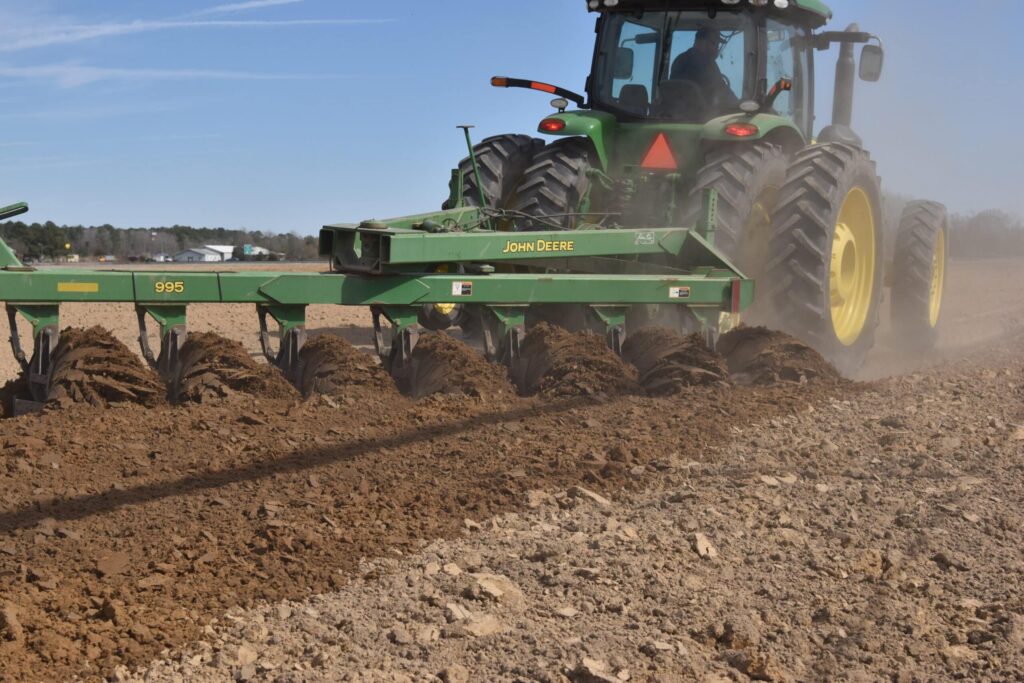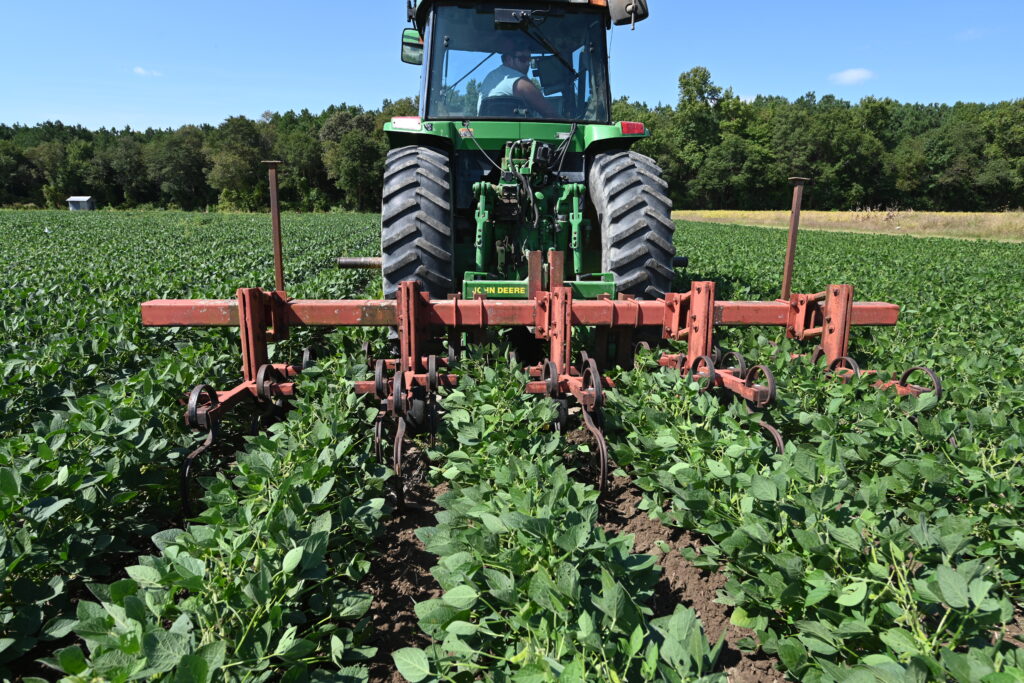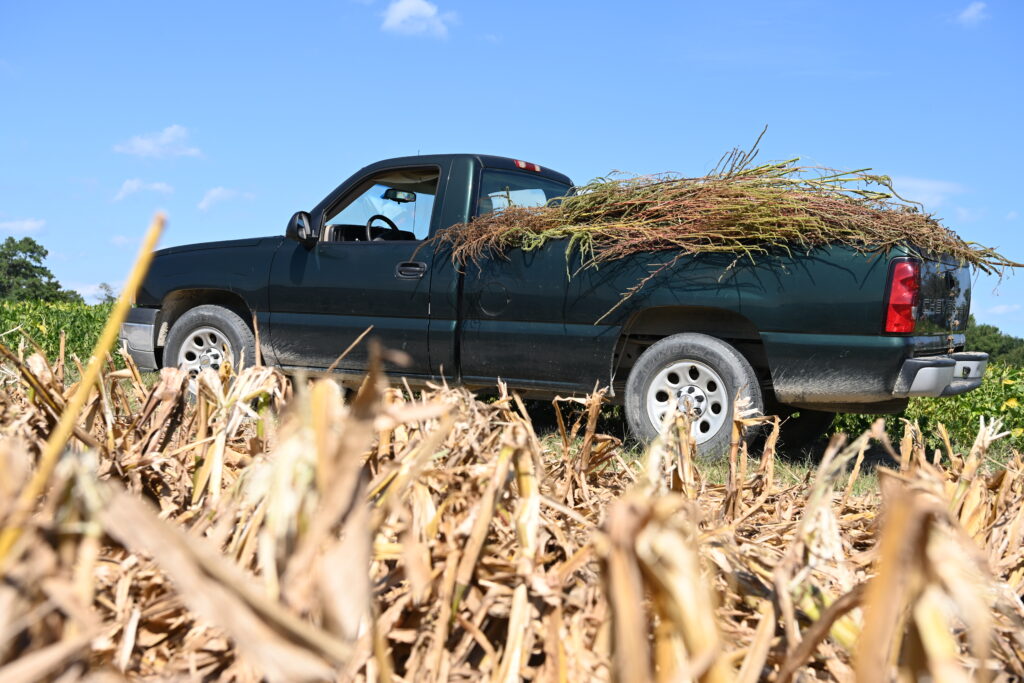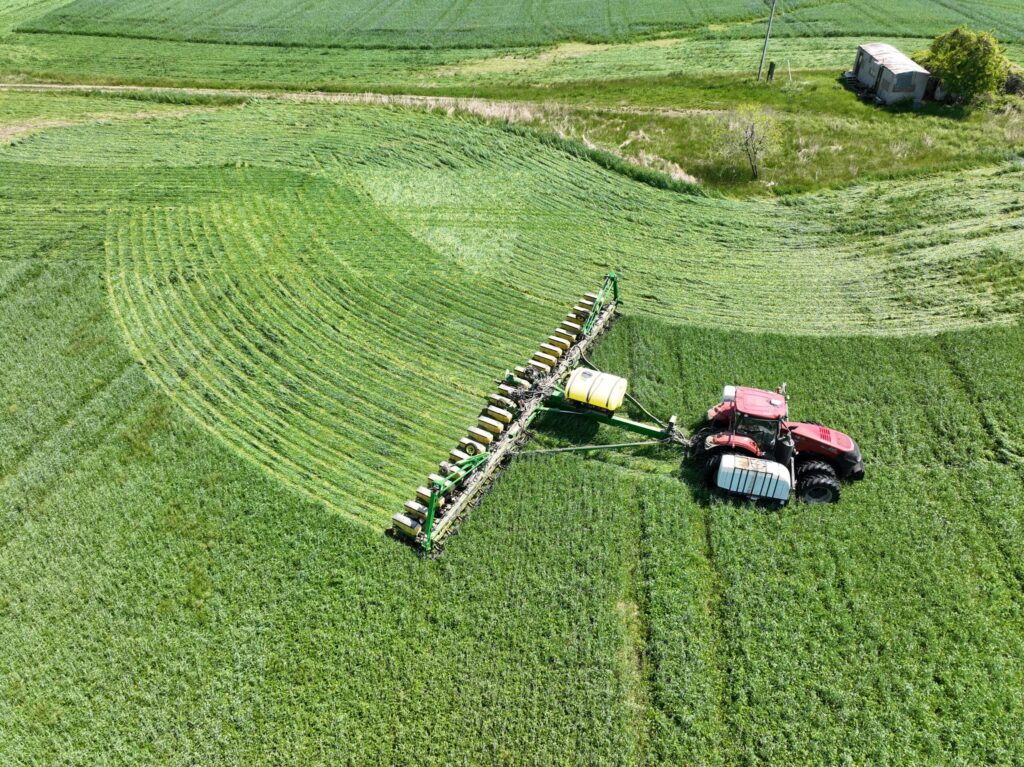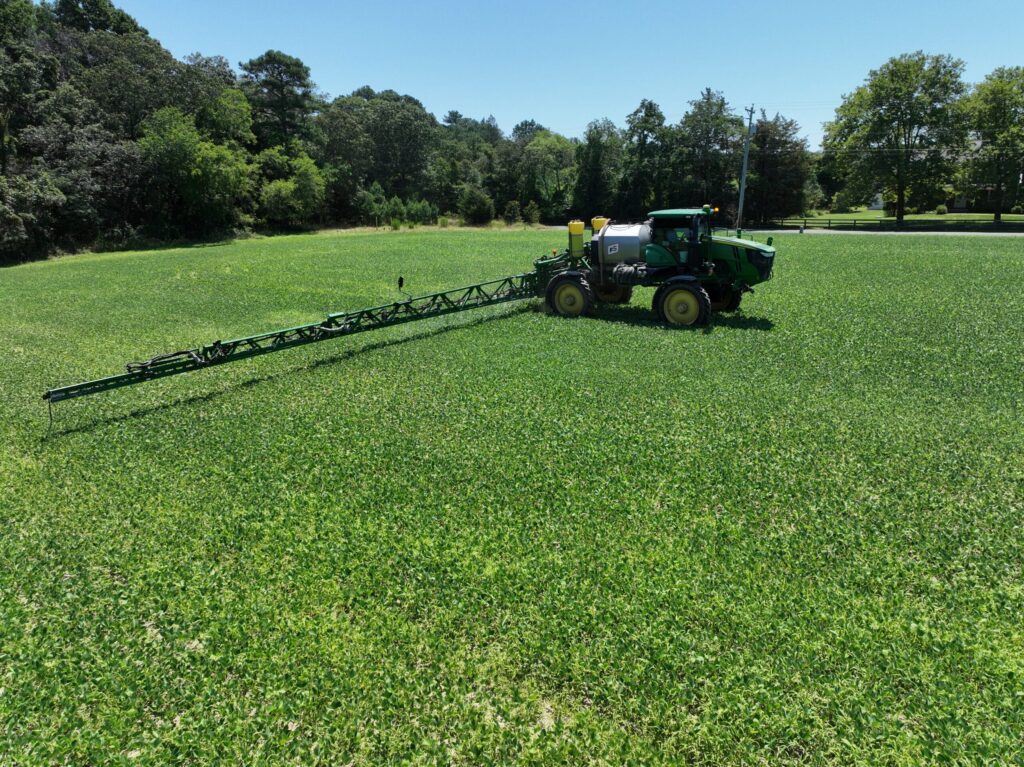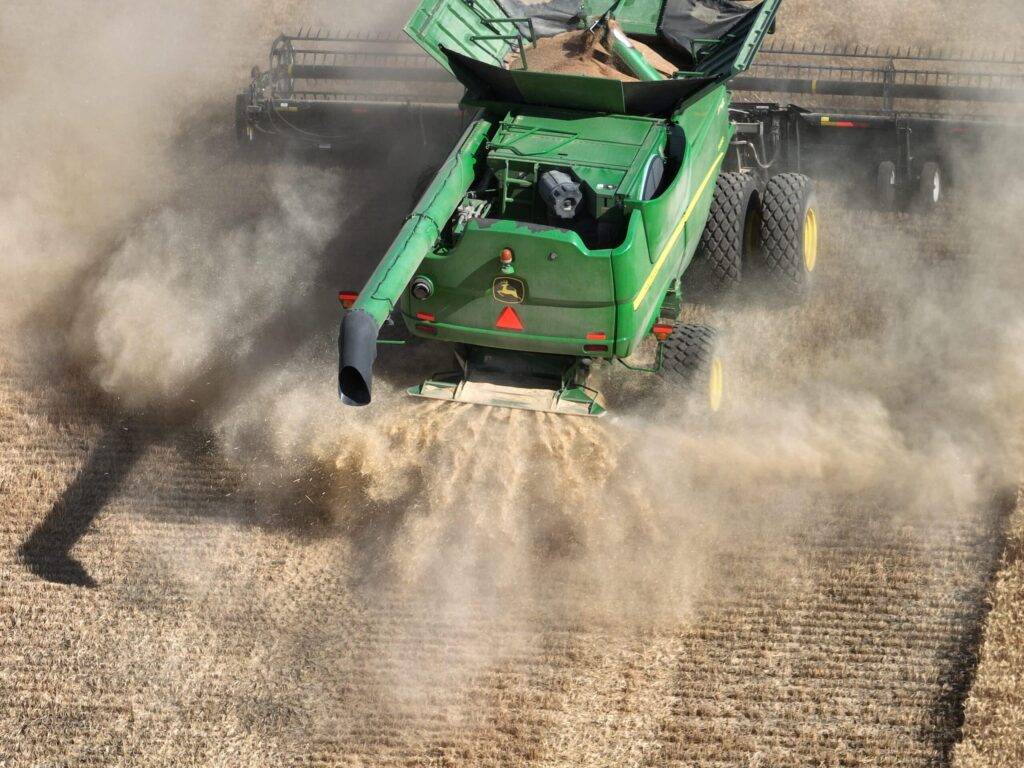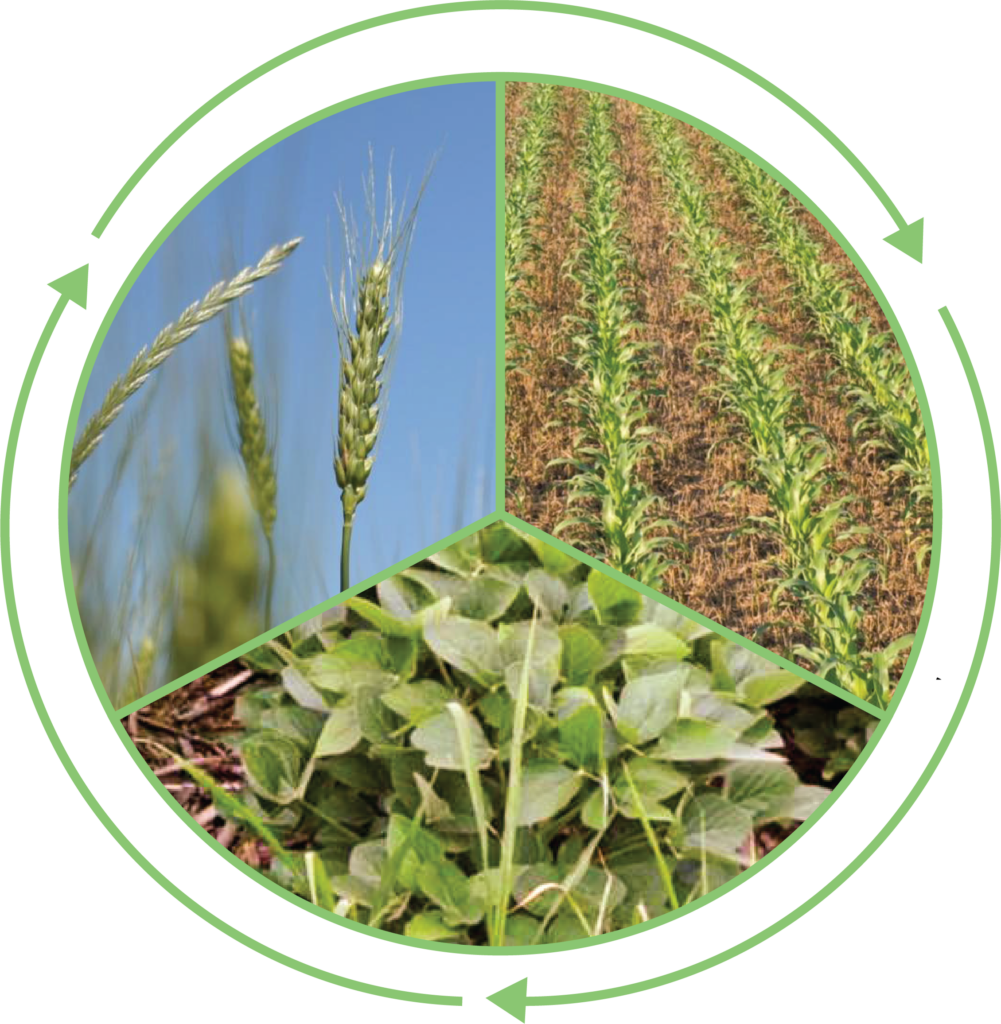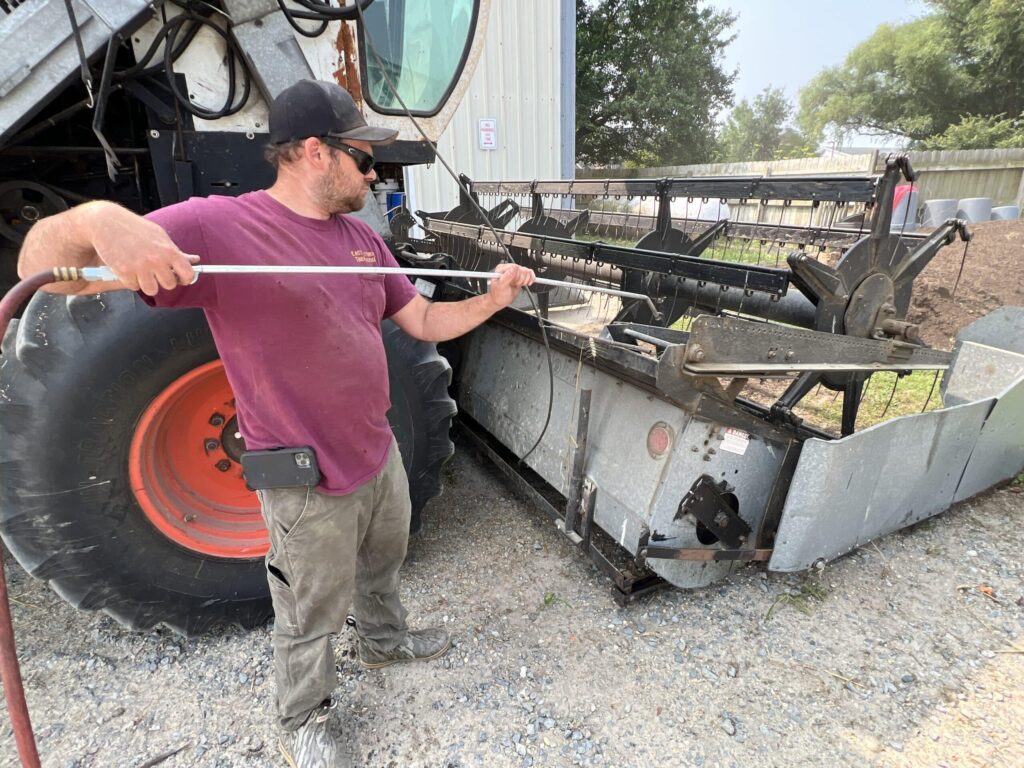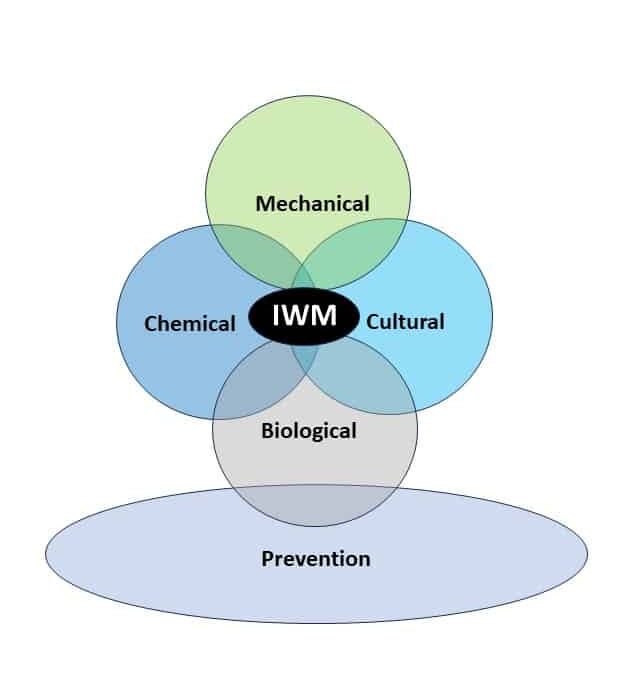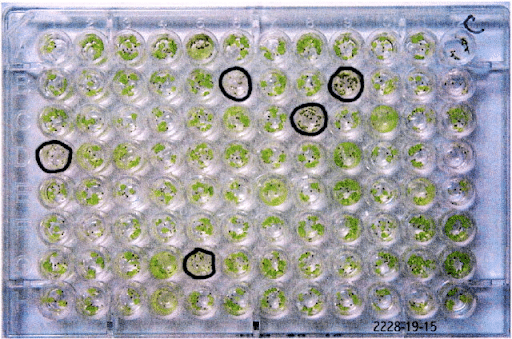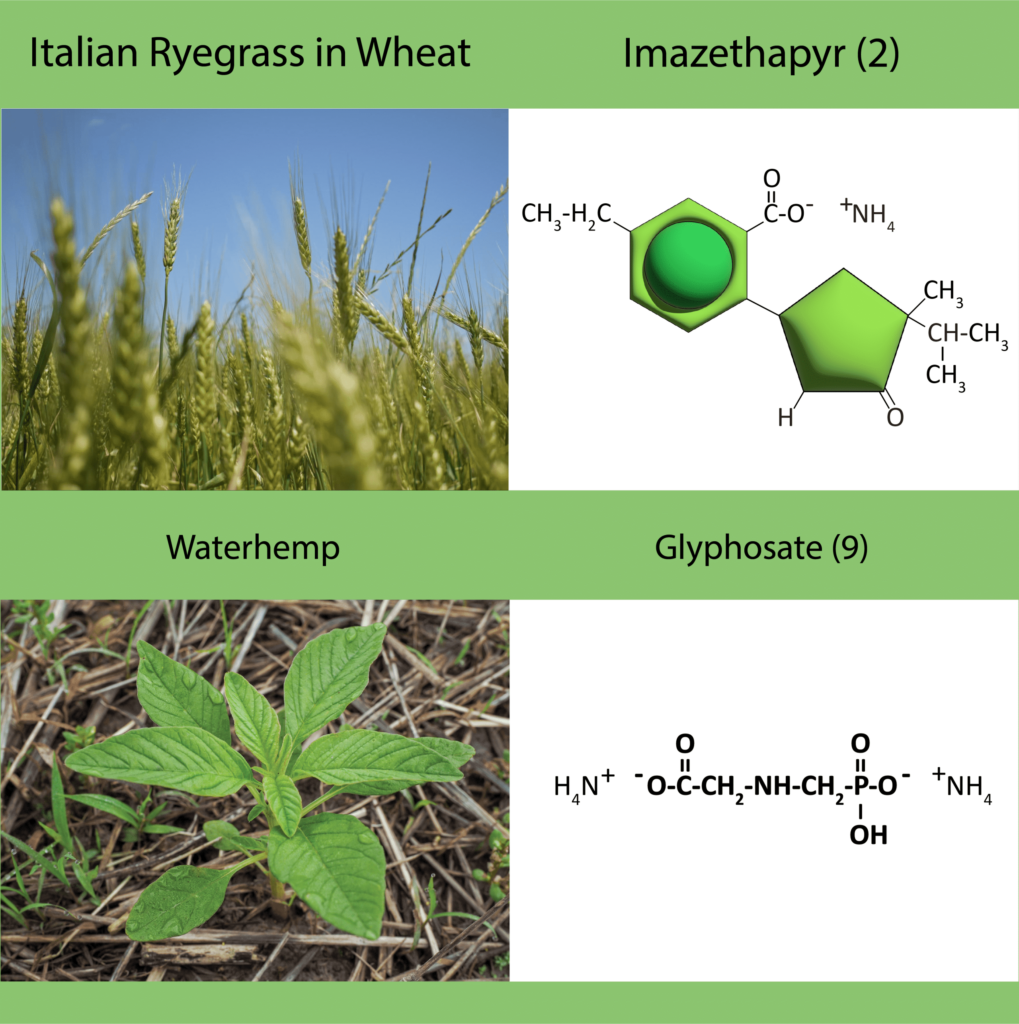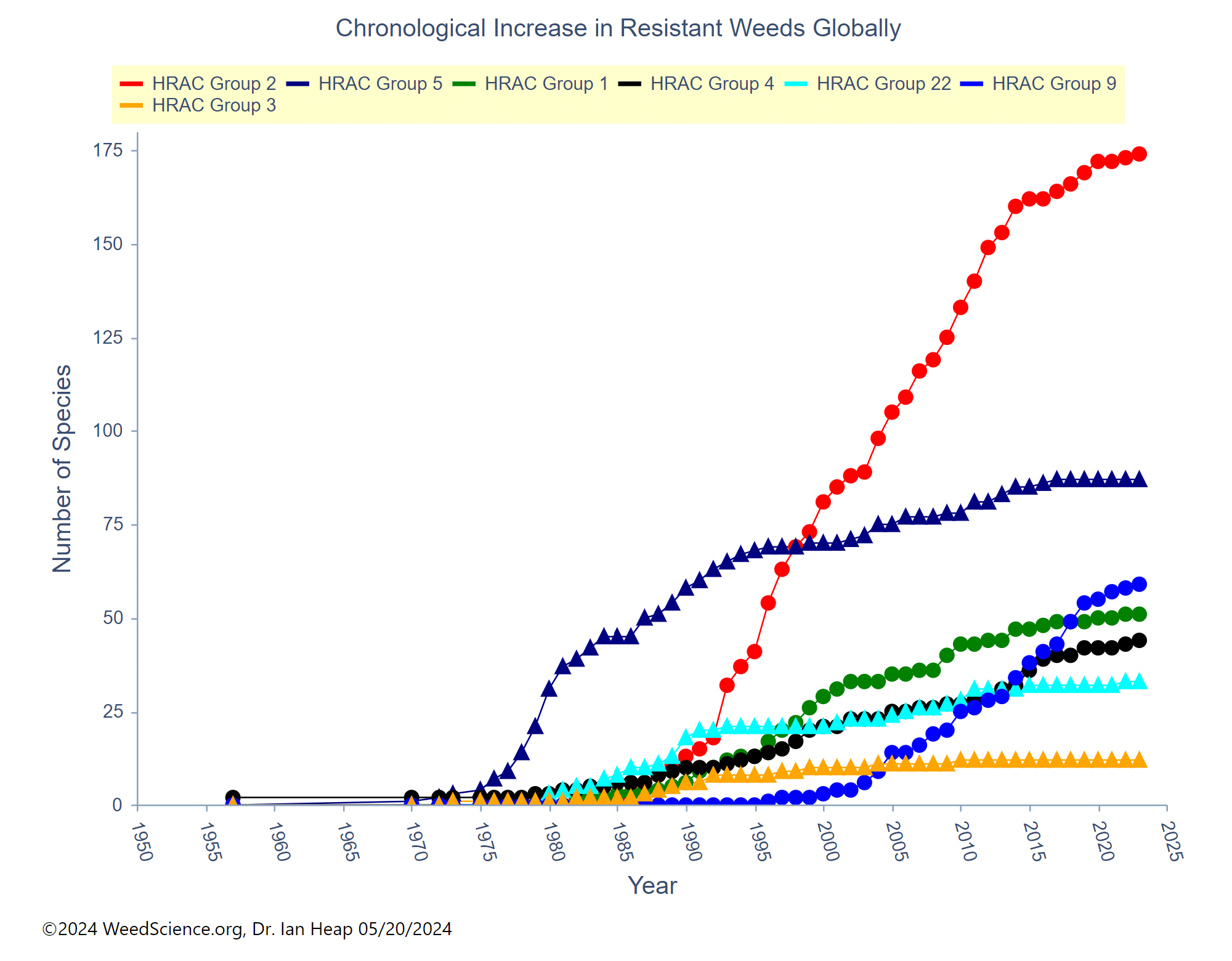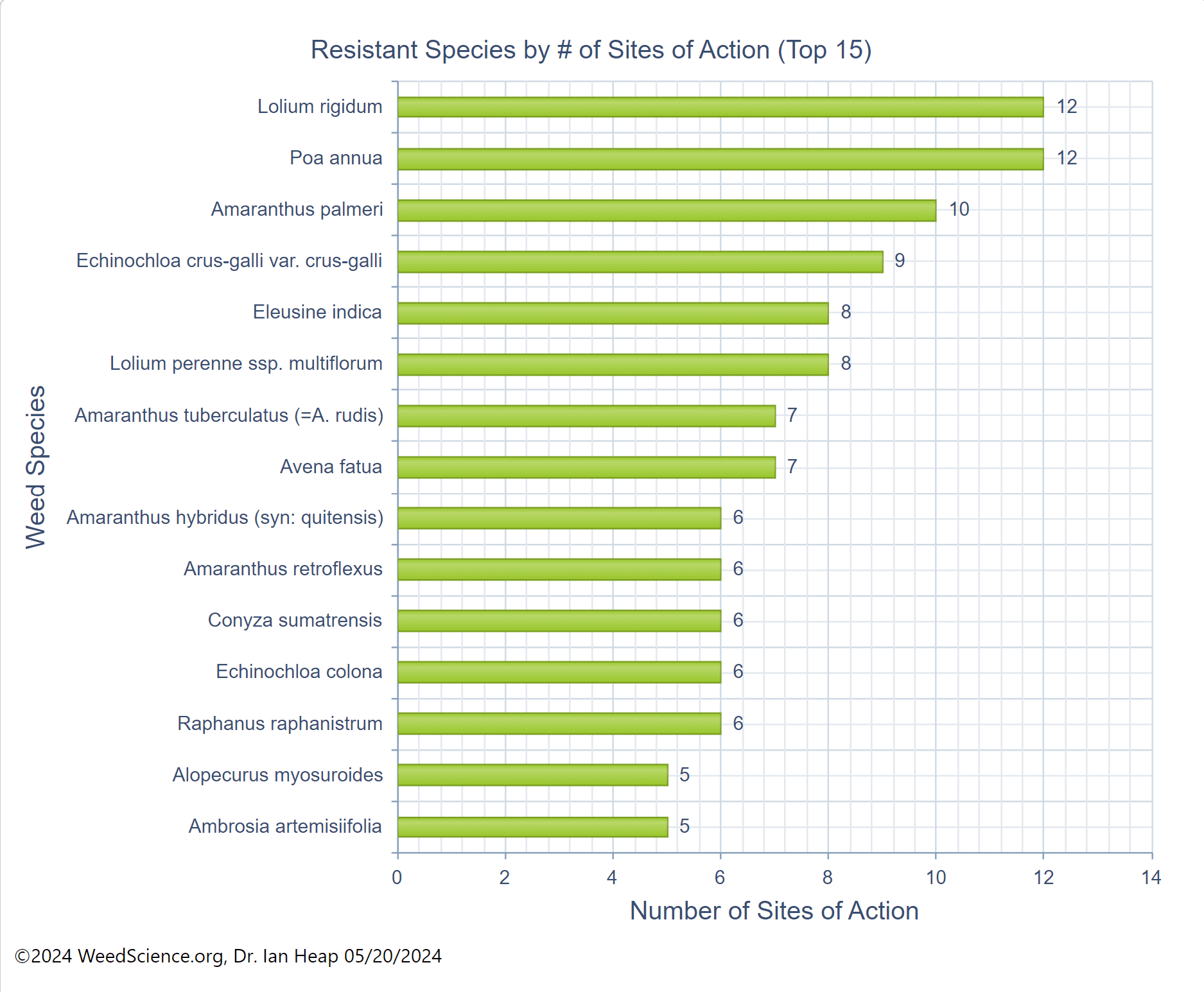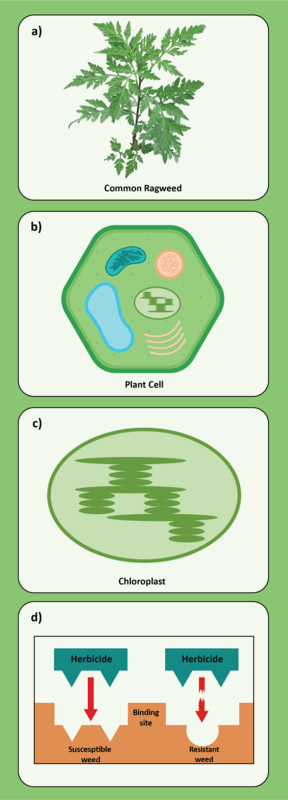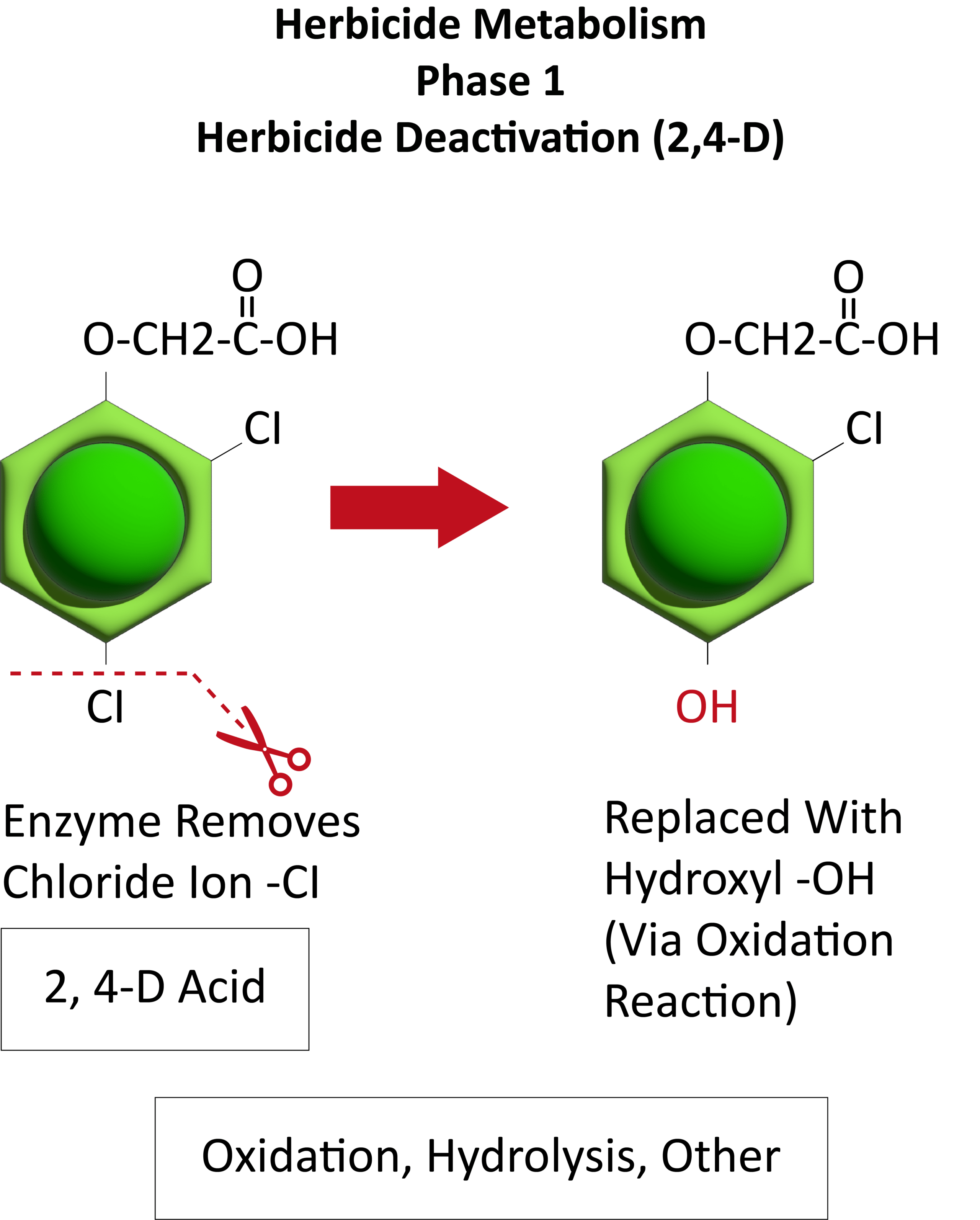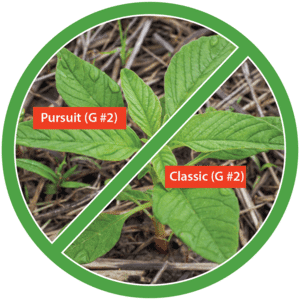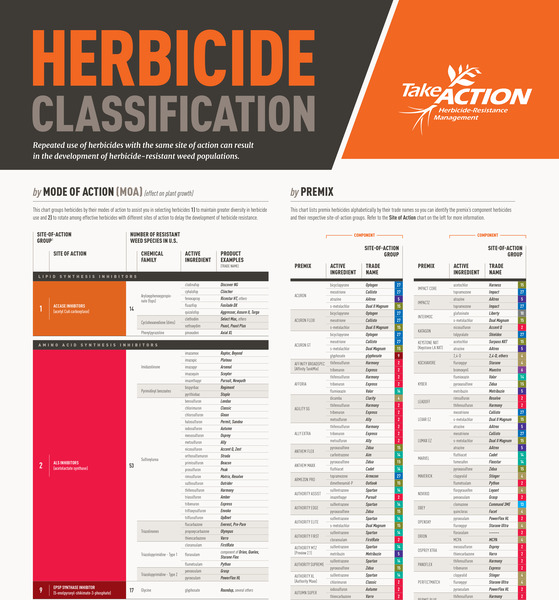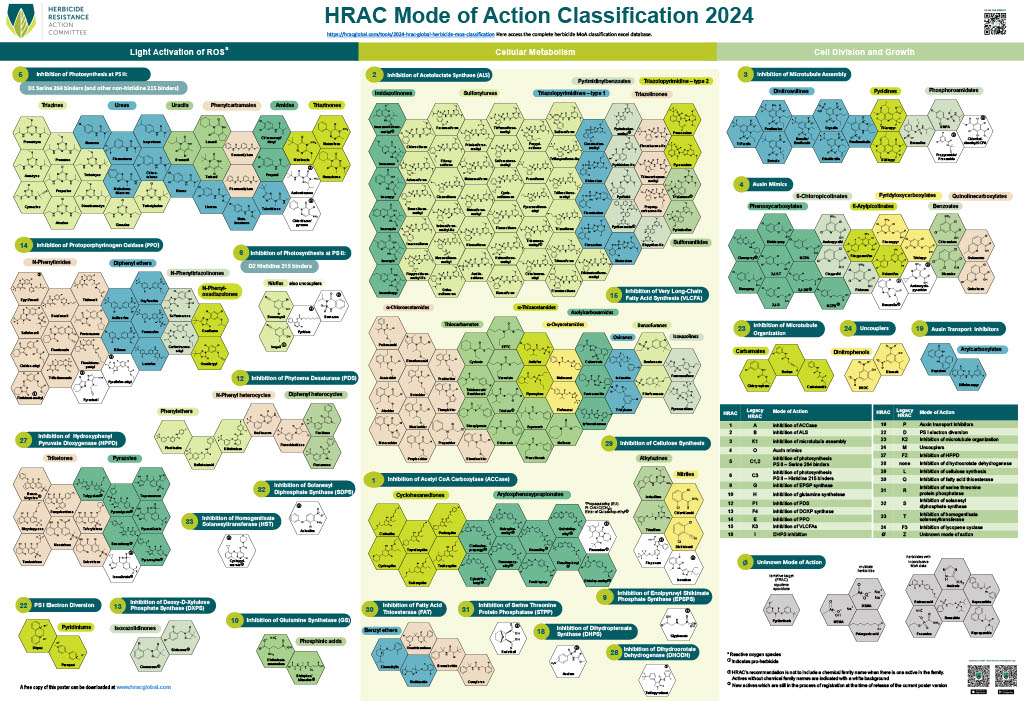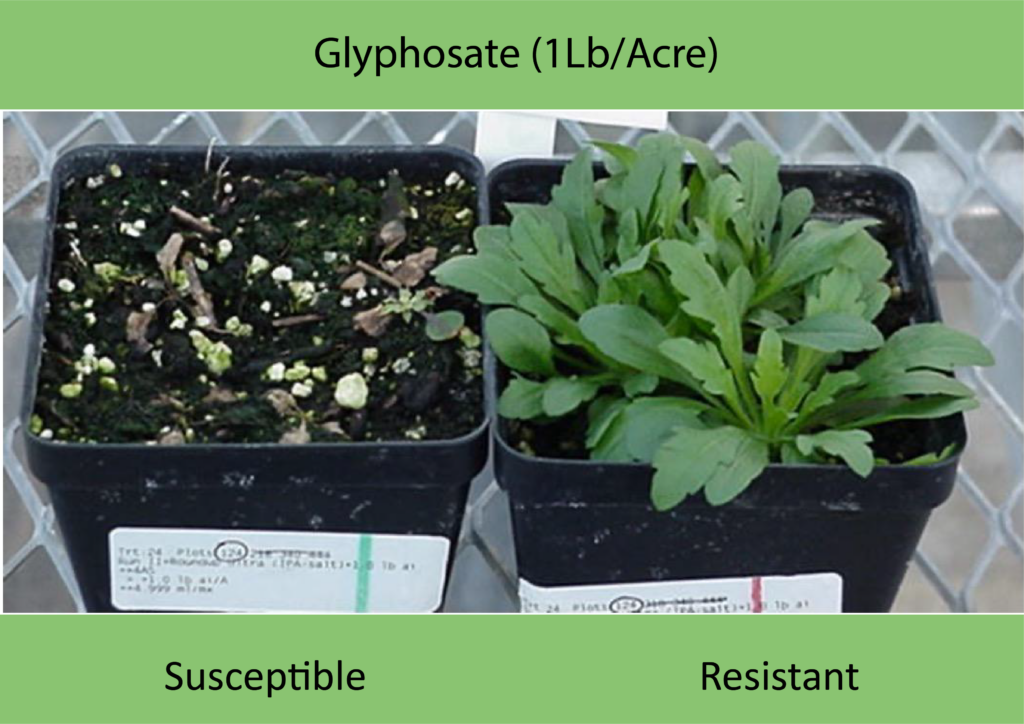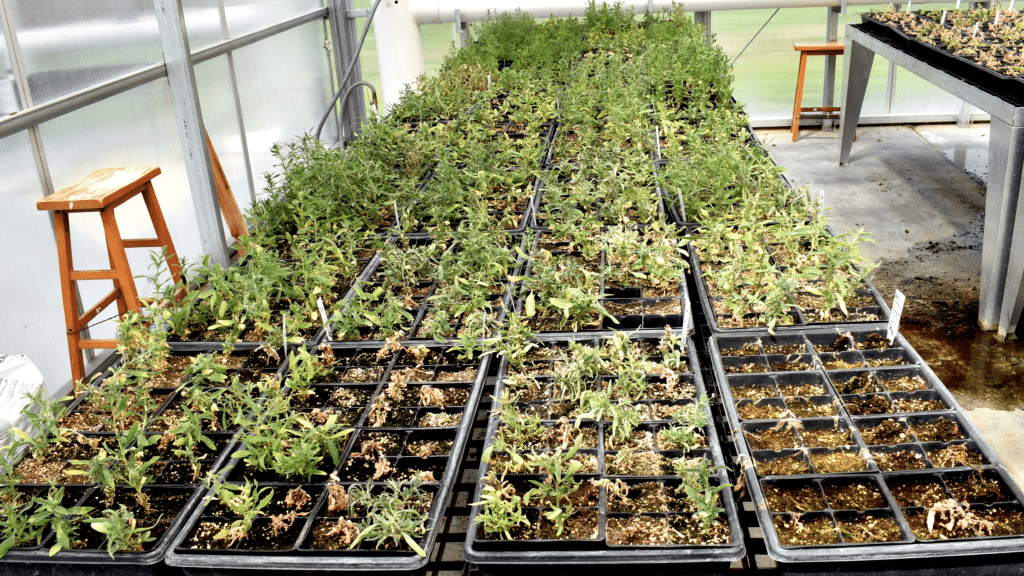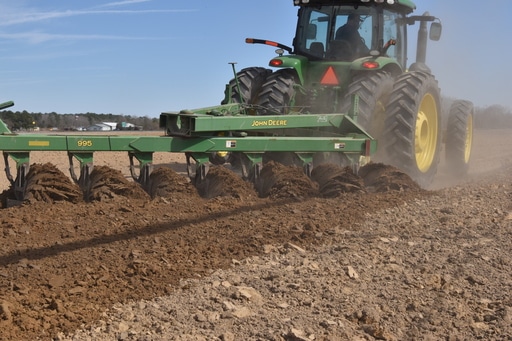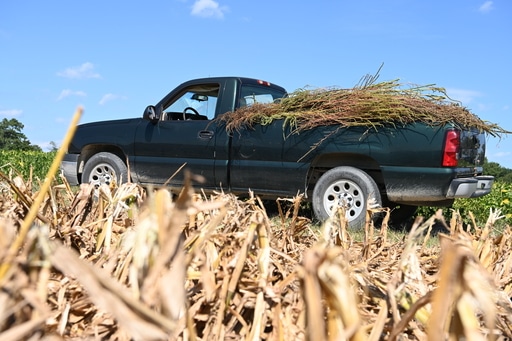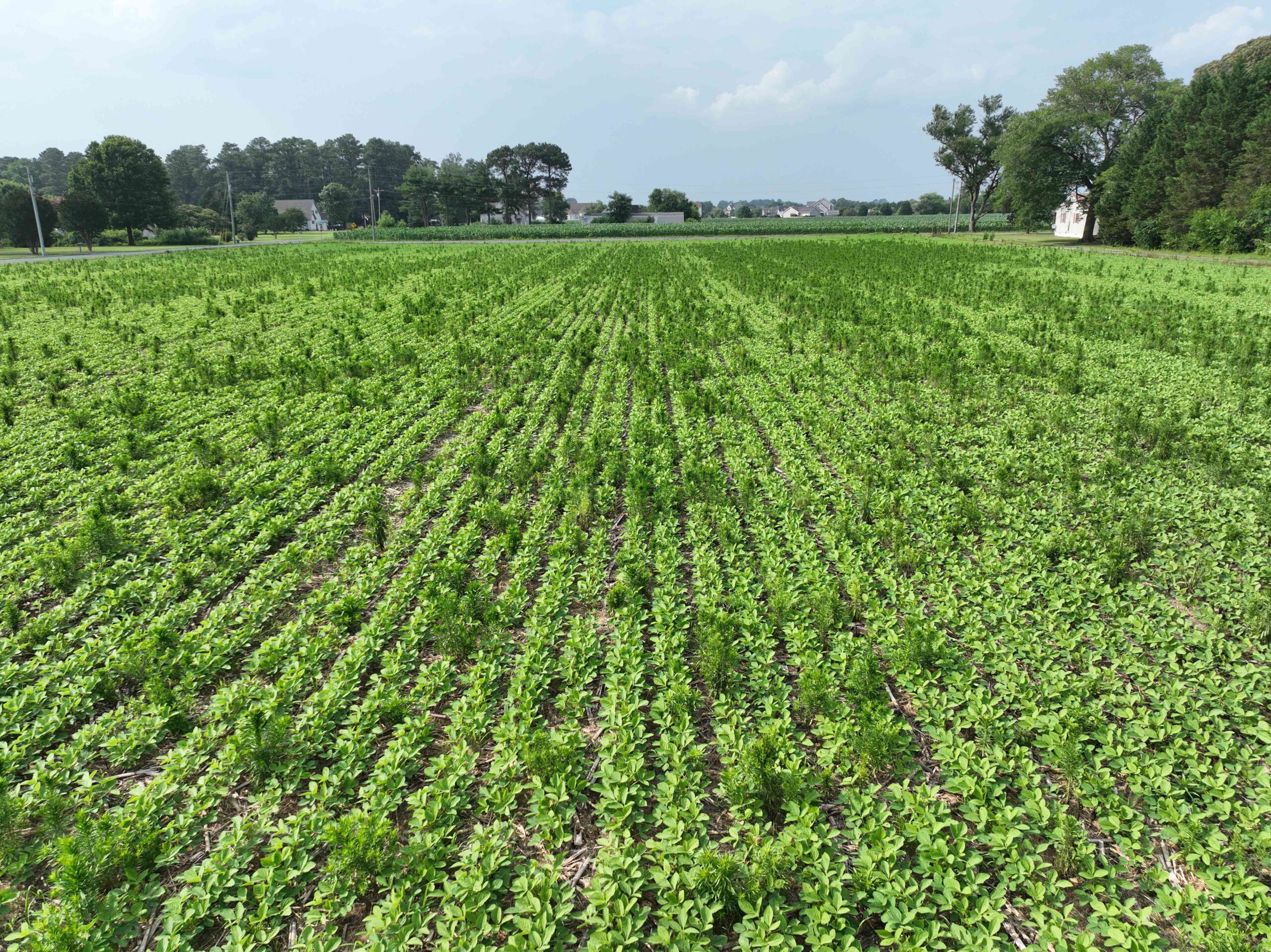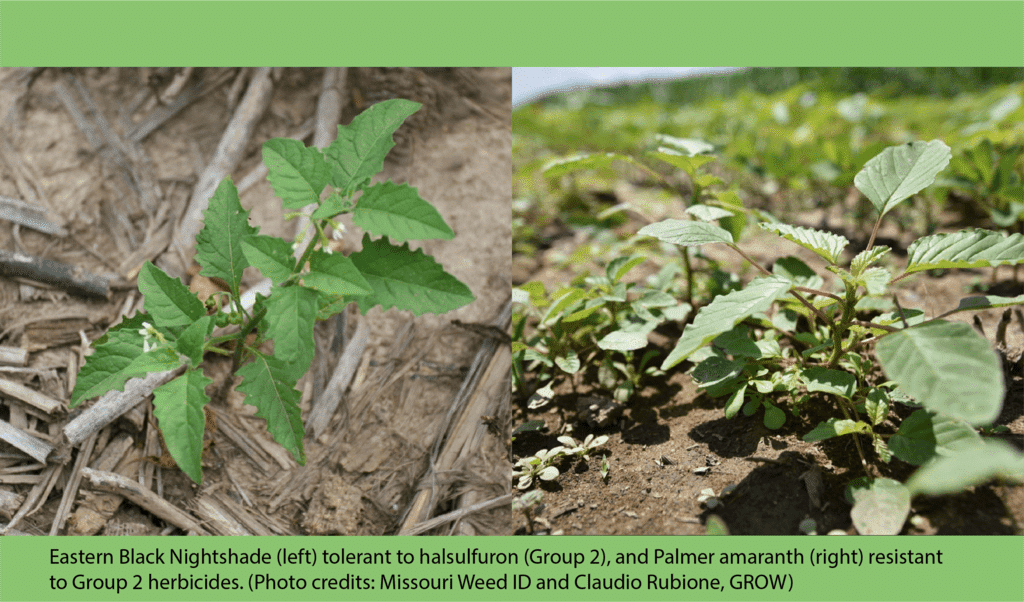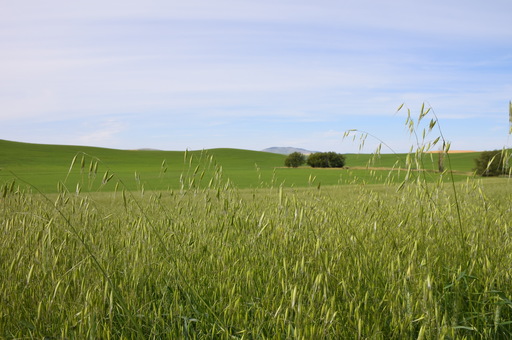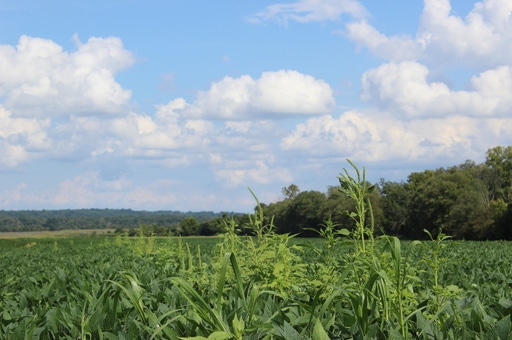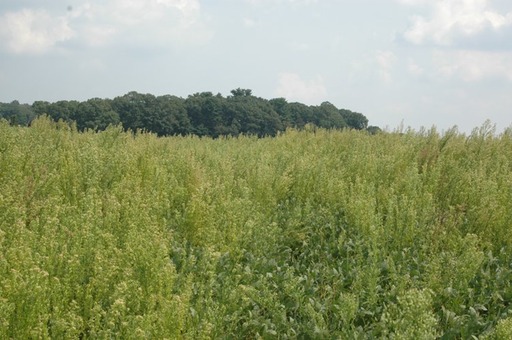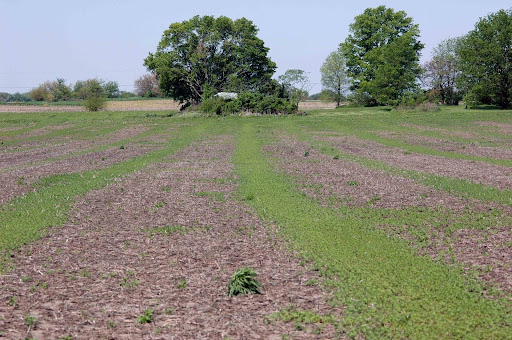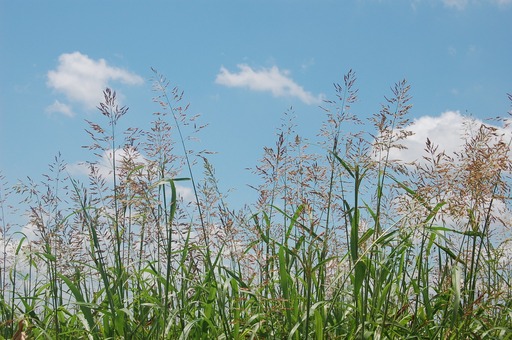When it comes to cotton production, there are few weeds as prevalent or as destructive as herbicide-resistant Palmer amaranth. Thankfully, a new study has found that the combined effects of cover crops and herbicide applications in cotton farming can suppress at least 96% of weeds, even in fields dominated by Palmer amaranth. Considering research shows that just 10 Palmer amaranth plants per 30 feet of crop rows can decrease cotton yields by 57%, this study presents compelling evidence for combining both cover crops and herbicide applications to tame unruly weeds in cotton farming.
“Some growers think that if they apply herbicide, any additional cover crops would not have an effect. But there is a synergistic effect.”
Dr. Annu Kumari, Auburn University
In their 2024 study, Dr. Annu Kumari and four other researchers from Auburn University and the USDA sought to find which cover crop is the best at suppressing weeds in conservation tillage cotton, and how those cover crops work in tandem with preemergent and postemergent herbicide applications, as well as the combination of both applications. They found that using high-residue cover crops like cereal rye alongside a pre and postemergent herbicide application creates a combined effect that suppresses weeds (especially Palmer amaranth) and maintains cotton lint yield. Dr. Kumari explains, “If you use herbicides with any of the cover crops, there was a combined effect that was greater than when just using winter fallow.”
Research was conducted in northern, eastern, and southeastern Alabama. Palmer amaranth was a dominant weed at each test site. The northern site also reported prickly sida as a dominant weed, and the southeastern site also reported sicklepod. The cover crops tested were crimson clover, cereal rye, oat, radish, and a mixture of those four species. All cover crops were planted in the fall of 2021 and harvested in 2022. Preemergent herbicides (pendimethalin and fomesafen) were applied immediately following cotton planting, and postemergence herbicides (dicamba, glyphosate, and S-metolachlor) were applied four weeks later. (Note: As of this article’s publication, dicamba is not legal to apply postemergence).
Results
Across all three sites, cereal rye stands out as the highest performing cover crop, with a biomass ranging from 3,824 pounds per acre (northern Alabama) to 5,472 pounds per acre (eastern Alabama). Oat and the four-way cover crop mixture performed similarly to cereal rye in terms of biomass at all three sites.

When cereal rye was combined with a pre and postemergent herbicide applications, weed biomasses across all three sites were reduced by over 96%. At the northern test site, cereal rye with a pre and postemergent herbicide application resulted in cotton lint yields of over 1,539 pounds per acre. Kumari notes that given the current mindset around integrating both herbicides and cover crops, these findings are eye-opening, “Some growers think that if they apply herbicide, any additional cover crops would not have an effect. But there is a synergistic effect.”
The pre and postemergent herbicide application alone resulted in the largest cotton lint yields for the eastern (767 pounds per acre) and southeastern (2,031 pounds per acre) sites.

The combined effect of cover crops and herbicides presented by this study demonstrates the benefits of integrated weed management, especially when facing destructive and herbicide-resistant weeds like Palmer amaranth. Kumari emphasizes, “If we use both kinds of herbicide [applications] with either kind of cover crop, we had more weed control.”
See a companion research article by Kumari on the effect of cover crops and herbicide combinations in soybean production here. For more information on using cover crops for weed suppression, see GROW’s Cover Crop webpage and Cover Crop Termination webpage.
Text by Amy Sullivan, GROW; Header and feature photo by Dr. Annu Kumari, Auburn University.
